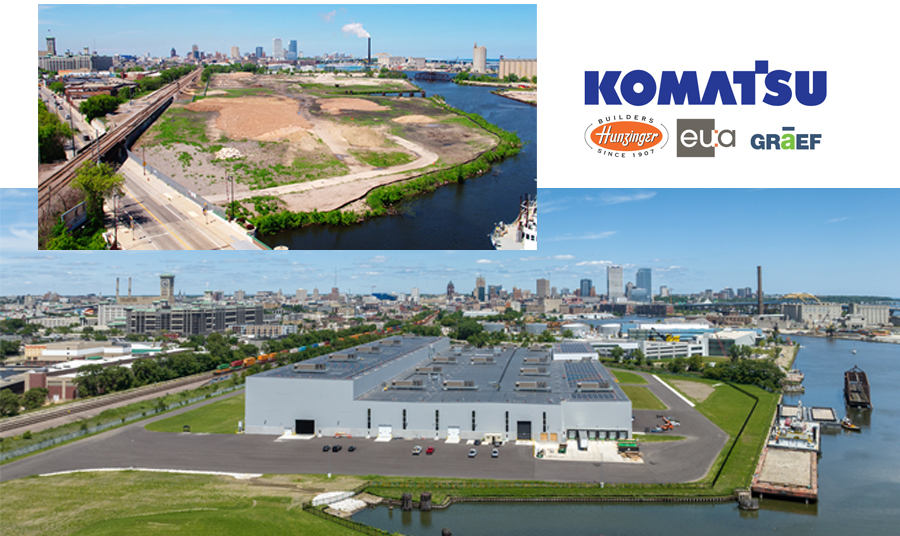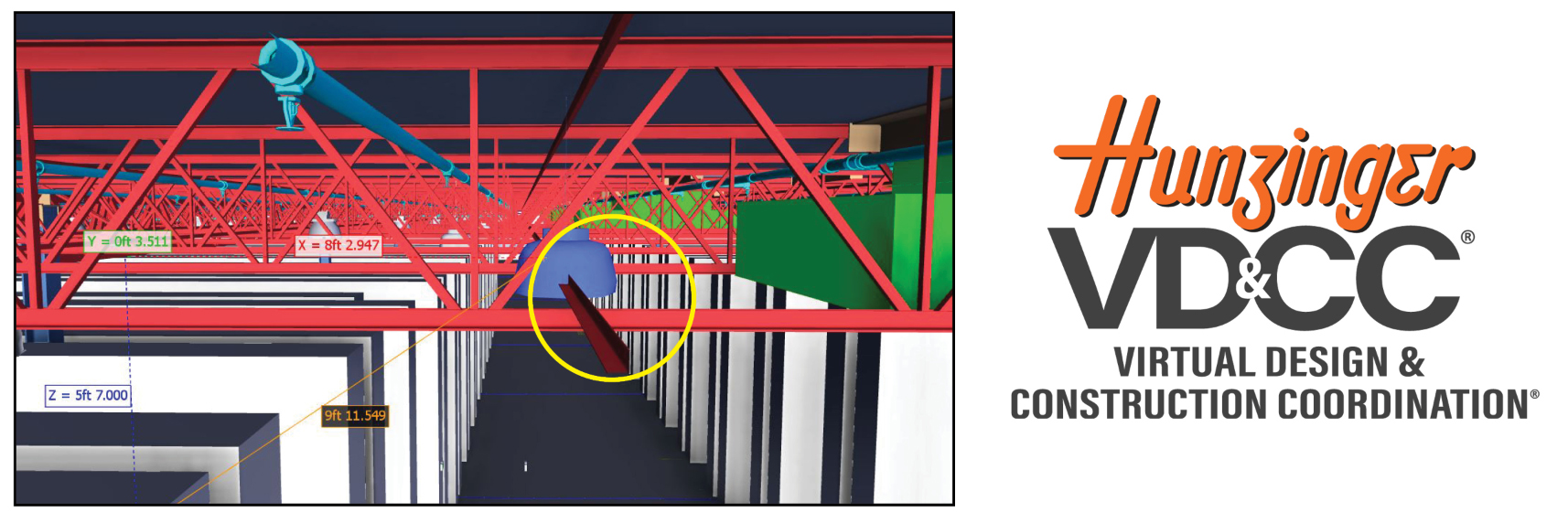Things to consider when building new or expanding your existing facility.
Article written by: Jon Sheahan

So, you’ve run out of space or you’ve identified an industry that is or will be experiencing exponential growth. Building new or expanding an existing facility is a significant undertaking. Finding the right location, obtaining building permits, lining up financing, purchasing equipment, and constructing the building all require a strategic approach that takes time to plan. There are many technical details to work out when building new or expanding your location. You can maximize your project and investment by assembling the best team and advisors.
Hunzinger Construction Company is no stranger to the Industrial and Manufacturing industry. Below, Jon Sheahan, Senior Project Manager, shares his insight on some of the most impactful things to consider as you embark on this exciting investment.
Financing, Grants, Loans & TIF, New Market Tax Credit
Once you know that you have the need to expand or build new, it’s time to start thinking about financing. In addition to traditional financing methods, projects may qualify for local, state, or federal grants and/or incentives. An experienced builder like Hunzinger Construction or an owner’s rep like Facility Value Management (FVM) can help navigate all your available options.
Delivery Method (GC, CM, Lump Sum, Design Build)
There’s no right or wrong delivery method. They all come with their benefits and disadvantages. The most collaborative method would be design-build or using a construction manager that comes on board at the same time as your engineers and architect. The Design-Bid-Build method, or lump sum, may initially appear to be your “least expensive” option, however, you could run into more problems down the road that are missed because you’re just trying to reach the lowest number. This approach also yields the longest duration from concept thru completion, while the other delivery methods allow for early procurement of critical items. The other delivery methods also yield more competitive and comprehensive pricing as the project scope is defined and assigned by your Construction Manager.
At the end of the day, you want to pick the method that is the most cost-effective and creates the lowest risk for you or the owner.
Location & Land Acquisition
Before you even begin looking for sites and locations to build a new facility or expanding, you’ll need to think about what kind of land you’ll need to acquire. For example, here are things you should examine:
- Will you have enough space to include loading docks, parking, and other needs your plans may include?
- Have you analyzed potential barriers like Infrastructure, wetlands, zoning, DNR restrictions or requirements, etc.?
- Think about future expansions, does the site offer enough space to build in the immediate future. Are you building for what you need now or what you might need in the future?
Assembling your team
Building your team of partners and trusted advisors is the most crucial part of any construction project. Not only the team that is going to construct your facility, but the entire team, from conception to completion. It is important to bring your team members on at the right time to optimize their impact. Building your new facility can be a complicated process and vary from project to project. Here’s what your team may look like:
- First, you’ll need to look for land with a broker, then begin your due diligence for a particular site. Before you begin any construction or planning, you’ll want to understand the topography and composition of the soil and what kind of structure can be supported. This step is going to drive the design and cost of the project.
- In an ideal world, you’ll now assemble your design and construction team: Architect, Civil/Engineer, and Construction Manager. Hunzinger, as your construction partner, can help assemble the most qualified team.
- Consider a Sustainability or LEED® consultant, like Sustainable Building Solutions® (SBS). Energy efficiency programs and best practices can not only be financially beneficial but also help with employee attraction and retention. For example, LEED® promotes quality of air, ample amount of natural sunlight, and high-efficiency design that in the end will save money, with a quick ROI.
This early team will deliver a well-coordinated initial design, especially if a team like Hunzinger has a sophisticated and experienced virtual construct team, VDDC®. Hunzinger’s VDCC® team will increase schedule efficiency during construction and will help to eliminate field modifications. This process is also very beneficial in getting the “feel” of the new space before you can walk through the constructed areas. Overall, VDCC® has been proven to save both time and money. The project team benefits by having fewer issues to resolve during the design phase and less corrective work during the construction phase.
Assembling the best team as early as possible is so important because it will help avoid conflicts and change orders that happen in the field, therefore positively affecting the project and driving the schedule.
Planning Before and After Construction Begins
This might be the most important aspect of a successful project, the more complex the project the more planning is required. During the planning process, you’ll develop deliverables (define for the audience), define goals, and establish project milestones. Early material and equipment procurement is crucial. Your construction partner will work with the engineers and designers to make sure they are selecting materials and equipment that fit within the project schedule. When planning a construction project, you must determine what equipment will be needed, how much labor will be needed, coordinate your subcontractors, and make sure building materials are all lined up and scheduled. Other aspects that need to be established during the planning phase include developing a safety plan, a communication plan, and conducting a risk assessment and response plan.
By understanding the process and choosing the right contractor to be your building partner, you will be well on your way to a successful construction project that will stay within your budget, finish on time, and meet your expectations.
If you’d like to receive more info from Hunzinger or subscribe to our e-newsletters, CLICK HERE.
BUILDING THE FUTURE TOGETHER
Interested in hearing more about our projects? Sign-up for our e-mail newsletter.

